The volumes of the Project on the History of Science, Philosophy and Culture in Indian Civilization aim at discovering the main aspects of India’s heritage and present them in an interrelated way. These volumes, in spite of their unitary look, recognise the difference between the areas of material civilization and those of ideational culture. The project is not being executed by a single group of thinkers and writers who are methodologically uniform or ideologically identical in their commitments. In fact contributions are made by different scholars with different ideological persuasions and methodological approaches. The project is marked by what may be called ‘methodological pluralism’. Inspite of its primarily historical character, this project, both in its conceptualization and execution, has been shaped by scholars drawn from different disciplines. It is for the first time that an endeavour of such a unique and comprehensive character has been undertaken to study critically a major world civilization.
This history of Indian Yoga is almost fascinating chapter in the larger history of man’s highest endeavours to exceed manhood and to hew new paths of evolving the next species. This volume concentrates on the them of the synthesis of Yoga, and dwells principally on five systems of the synthesis of Yoga: the very first synthesis of Yoga is to be found in the Vedic Samhitas — the earliest records of human civilization. This synthesis was followed by the synthesis that we find in the Upanisads. The yoga of the Gita, which comes next, is eminently the synthesis of the paths of knowledge, action and devotion. The fourth synthesis is to be found in the Tantra. The latest synthesis of Yoga which draws from all previous systems of Yoga, presents a new departure both ion its objectives and methods. This is the synthesis of Yoga of Sri Aurobindo and the Mother, which has worked out, with scientific rigour the processes of ascent to the super mind as also of the descent of the Supermind on the Earth, — the processes that are new and indispensable for the synthesis of matter and spirit and for the evolution of the Supramental Divine Body, which will mark a revolutionary change in the very processes of evolution and establish a new mode of supramental action capable of crating on the earth the fulfillment of the ideals of light, freedom, bliss and immortality. Science and spirituality meet in a natural synthesis in this Yoga and it provides a solution to the contemporary evolutionary crisis. It is this theme that imparts to this volume its special relevance.
This volume, while laying due emphasis on the above mentioned five systems of synthesis, brings out subtleties and complexities of various other systems of Yoga in an attempt to show how the tendency of synthesis is vividly present in them. In some respects, this volume revisits some of the areas that have been expanded in great detail in the earlier volumes on Yoga that form part of PHISPC.
Pursuit of Yoga is a living tradition in India, and it is this pursuit which provides to Indian culture its perennial spiritual essence. This volume while dwelling on the theme of the synthesis of Yoga takes us to those realms of spiritual consciousness by the cultivation of which humanity can arrive at the art and science of collective practice of spiritual fraternity that is indispensable for everlasting peace and harmony on the earth.
Yoga is the greatest gift that India can present to the world and in this context, readers will, it is appreciate the value of this volume.

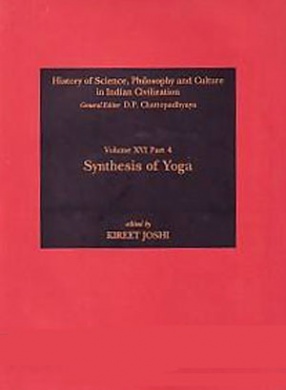
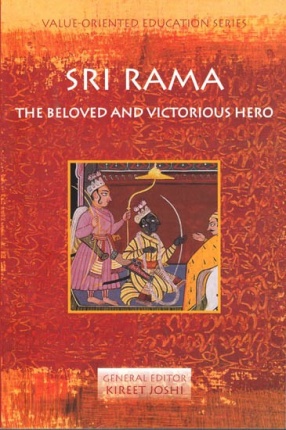
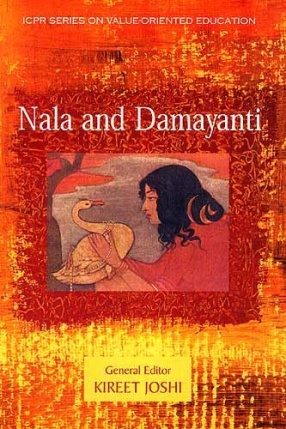
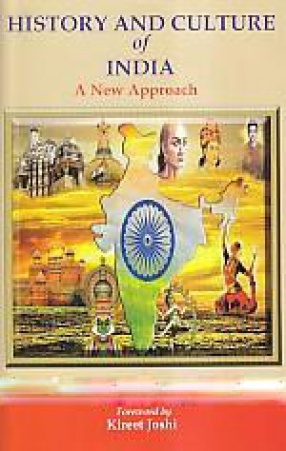
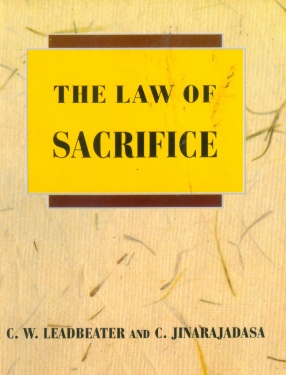

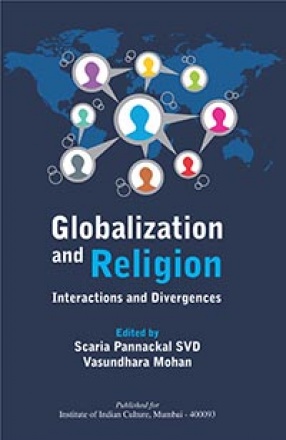
There are no reviews yet.